Industry-Sponsored Student Capstone Projects
2021/2022
In the 2021/22 academic year the industry capstone program was supported by 62 sponsors and 95 real-world projects. Over four hundred students from across the College of Engineering participated. Scroll down to learn more about each project.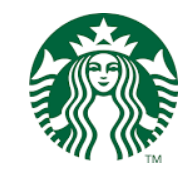
Starbucks
Optimize the Labor System to Improve Barista and Customer Experience
Over the past few years, Starbucks has collected process time data at the Tryer Center and their stores. In recent years the increase in TikTok drinks or more custom drinks has changed how long it takes for a drink order to be processed. The student team worked to analyze the drink modifications in order to predict how much labor is needed to support demand. Using time studies for the new modifications and forecasting methodologies, the team developed a new, improved labor model that will capture the impact these new drink modifications have on staffing levels.
Stryker
Wireless Airway Management System for Emergency Medical Applications
Capnography is a non-invasive measurement of partial pressure of CO2 from the human airway. Existing capnography devices utilize side-stream technology, which is inconvenient, messy and bulky, and does not provide Emergency Medical Technicians (EMTs) with the most helpful, real-time feedback. The student team worked to create a portable main-stream capnography device that is capable of measuring End-Tidal CO2 from the exhaled breath of a patient, as well as inspiratory and expiratory flow rate and airway pressure so EMTs can know, in real-time, whether they are ventilating a patient properly.
Stryker
Wireless Blood Oxygenation Sensor III
Wireless blood oximeters can measure the user's SpO2, SpCO, and SpMET and transfer the data wirelessly to a user's laptop. Because of the wireless design, it's possible to make the oximeter more compact and portable. The student team built on the work of a previous capstone team to fix issues and build a functional version of the product.

T-Mobile
Improving Customer Support Model for IOT Customers
T-Mobile Wholesale is a Business to Business group with a complicated technical support model due to the nature of multiple systems, variable issues in locations throughout the country and multiple engineering teams supporting the network for our customers. In Q1 of 2022, the Wholesale Customer Support Model is implementing dynamic changes with the deployment of a customer facing portal for technical support and self service resources, as well as a new care to care support team with increased technical experience. This student team worked to develop a new business processes across the department and partner organizations and update of internal and external facing documentation, with a goal of decreasing time and increasing customer satisfaction. The team worked to build out a strong library for internal engineering support and create new technical resolution tactics for previously unidentified improvements through evaluation of technical troubleshooting processes, technical writing for internal execution of the process, and improvements based off customer feedback and missed resolution times. Project results have a high impact on a billion dollar business for retention and growth.

T-Mobile
Wireless Broadband Service Quality Prediction App
This student team worked to design and test a system comprised of a simple, customer "do-it-yourself" tool embodied as an Android app. This app reads low and FDD mid-band signal quality being experienced in the home and, using a machine learning based model, predicts service quality for the higher TDD mid-bands. Through this, the app can tell the internet speed the customer can expect from the T-Mobile Home Device before subscribing to it.
Talking Rain
Optimized Beverage Concentrate System
Talking Rain Beverage Company (TRBC) produces beverages at a network of production facilities around the country per formulas and specifications. TRBC's flagship brand, Sparkling Ice, is a carbonated beverage that contains juice concentrate, natural flavors, colors from natural sources, vitamins and antioxidants, and other functional ingredients. For the preparation of each batch, upwards of fifteen individual ingredients must be precisely weighed out and incorporated per a specific order of addition. This is done on-site at each production location before being processed and packaged. This system carries with it many potential points of failure which increase risk. This batching process also requires intensive human capital; it is time intensive and requires trained employees to execute per proper ingredient handling and addition instructions. Finally it reduces production efficiency, as the batching and processing line need to be effectively coordinated to ensure the syrup batch is used with its standard hold time. It is common in the beverage industry for independent copackers to receive instead a "kit" of ingredients which reduces complexity during batching. This kit can take many forms but they all serve as a concentrated, stable system of one or more parts that reduce the number of ingredients needed for batching, thereby reducing the required amount of time, ingredients, complexity, and risk. The student team worked to design and test concentrate systems for a given flavor of Sparkling Ice that demonstrate significant improvements in efficiency and a reduction in risk vs current methods.
Telenav
Point of Interest Deduplication
A Point of Interest (POI) is a set of information about a place with details such as title, address, geo coordinates, and category of the place. Telenav has large POI datasets that are used to provide navigation services, however the datasets are at risk for containing complex duplicates of POIs due to data aggregation from various vendors. The student team worked to design, develop, and test a Java API library that will be used by Telenav to determine whether two POI objects should be considered duplicates or not.
Toray Composite Materials America
Impact of Machining
In aerospace materials quality assurance testing, research and development, and design allowables database development, tens of thousands of specimens are tested every year. Many factors dictate the measured property averages, standard deviations, skewness, etc. Often those factors are of interest (e.g., the impact of changing suppliers) but other times those factors are desired and assumed to be kept constant (e.g., specimen dimensions, testing environment, etc.). If the impact of those assumed-to-be-constant parameters on measured properties were to be better understood it would be possible to direct energy and resources into the appropriate aspects of testing to improve consistency, and reduce standard deviations, potentially increasing the a- and b-basis allowables, permitting the manufacture of lighter aerospace structures with no change in material systems, or reduction in safety and performance. The student team tested a number of parameters, normally assumed to be constant, on the mechanical properties of cured neat resin. With this knowledge, they designed a revised set of test requirements to improve the precision of test data, in the style of a proposed change to an ASTM standard.
Tupl
ML Performance Drift Detection and Correction with Time Series and Active Learning
Machine Learning (ML) models drift and show degradation in performance as real-world data change over time. Therefore, these models need to be retrained with new data that reflect the new reality of the process. The student team implemented an ML Drift Detection module to automate detecting and measure drift, and an Active Learning module to retrain the model using new data in an effective way. The solution is implemented as a microservices REST backend with an interactive UI for the user to input necessary parameters and to show the vital parameters of the ML model.
Turion Space
Active Space Debris Removal in Low Earth Orbit
Space Debris poses a exponentially growing risk to the low-earth-orbit and the in-space economy as whole. The number of objects entering orbit is growing at a far greater pace than the objects returning to earth, which will eventually lead to the Kessler Syndrome unless something is done to address the problem. The student team worked to develop a spacecraft capable of active-debris-removal by rendezvous and docking with the uncontrolled objects and bringing the objects down to a lower, and less populated altitude, such that the objects will naturally decay due to the earth's atmosphere over the course of a year.
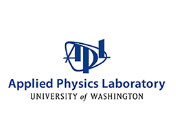
UW Applied Physics Laboratory (APL)
Ultrasonic Transducer System for Ice Melt Probe
The University of Washington Applied Physics Laboratory has been developing an ice melt probe to study subglacial lakes up to five kilometers beneath the surface of the ice. One limiting factor in the depth that the probe can reach is a lack of telemetry. The student team designed a system that uses ultrasonic acoustic pulses to measure the thickness of meltwater that forms around the probe as it makes its descent.
UW College of Education - Education Policy Analytics Lab (EPAL)
Colleague: Using “Big Data” Analytics to Empower K-12 Teachers for Instructional Improvement
Collaborative Learning and Analytics for Global Education (Colleague), an online project funded by NSF PFI-TT, uses the latest developments in educational “big data” and machine learning techniques to streamline lesson planning for K-12 teachers and empower them for instructional improvement. Teachers easily spend over two hours daily on planning, most of which is outside of their regular workday. Moreover, K-12 school systems have become the latest frontier in big data, as accelerated by the digital transformation of teacher and student learning with artificial intelligence playing a key role. Despite a great societal need and a billion-dollar market, K-12 systems remain one of the fields least transformed by technology. Teachers lack the right kind of technological tools that can effectively support their lesson plans, reflections, and collaboration. This student team worked to co-design a platform “with” and “for” teachers, and conducted initial user experience research. The solution includes libraries of high-quality instructional materials that teachers can adapt and incorporate into their own lesson plans. The platform leverages machine learning analytics to allow teachers to efficiently conduct self-learning and collaborate with other peers.
UW Department of Computer Science and Engineering
Using VR to Model and Control Realistic Octopus Experience
The student team worked to create a virtual reality experience to help increase the user's empathy for octopuses. With guidance from experts, the team created an octopus model and implemented AI that accurately replicates the behavior pattern of real octopuses. The work culminates into a sandbox VR experience that highlights functionality of the model and allows the user to experience the environment from the perspective of an octopus.

UW Department of Electrical & Computer Engineering
Degree Progress: Web App for Student Degree Planning
This student team worked to design and develop a web based tool to simplify the degree planning process for undergraduate students. The application demonstrates a comprehensive list of degree requirements and career paths to make it simple for students to plan courses for future terms. Open-sources technologies NGINX, Django, HTML, and CSS were used to build and deploy the website.
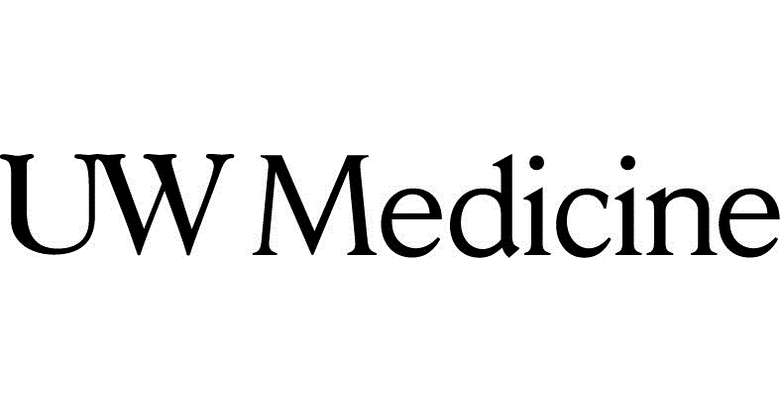
UW Medical Center
High Frequency RF Phase Meter
The UW Medical Center Cyclotron accelerates particles using two high frequency RF signals. The phase difference between the signals is a critical parameter in the acceleration inside the cyclotron and the extraction efficiency of the test particles. The student team designed, built, and tested a new RF phase meter system which accurately detects this phase difference with improved components to replace an outdated and hard to maintain system while providing thorough and accurate documentation that can be further utilized by the UWMCF staff.
Related News
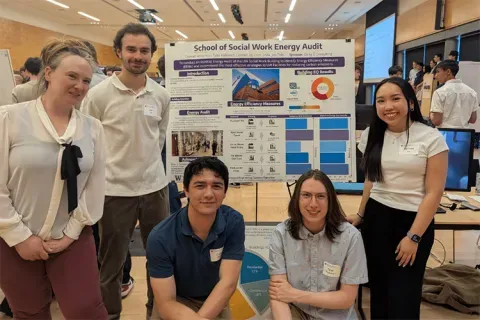
Mon, 10/13/2025 | UW Mechanical Engineering
Capstone collaboration leads to award
An ME capstone team received first place for its energy audit of the UW School of Social Work building.
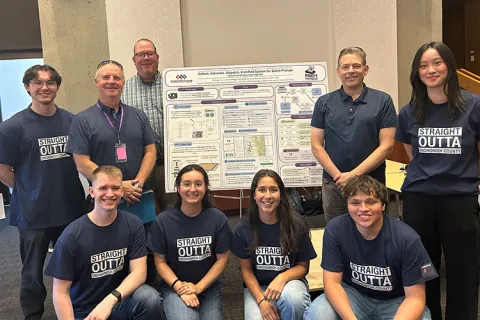
Thu, 07/17/2025
UW engineering students develop smart ballot solution
UW engineering students develop smart technology solution to improve ballot collection for Snohomish County.
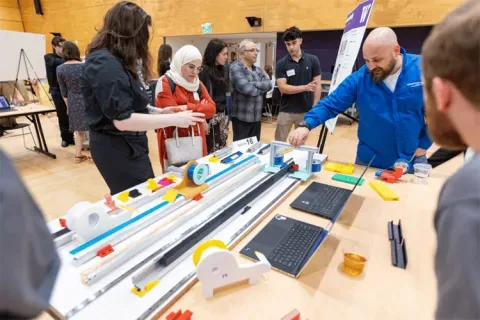
Mon, 07/07/2025 | UW Mechanical Engineering
Capstone creations
Students displayed innovative capstone design projects at the 2025 expo.

Fri, 09/20/2024 | UW Civil & Environmental Engineering
Smarter irrigation for a greener UW
A new project combines satellite data with ground sensors to conserve water and create a more sustainable campus environment.